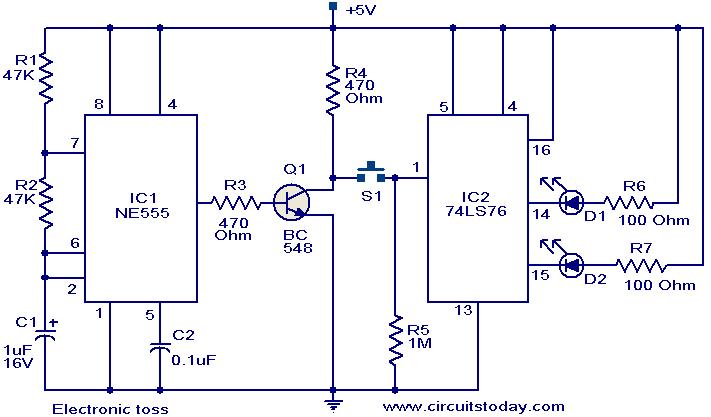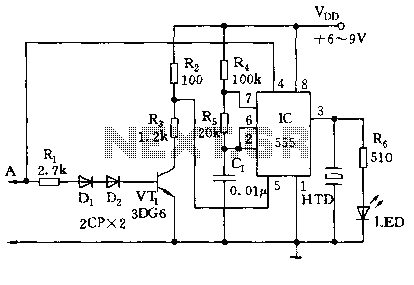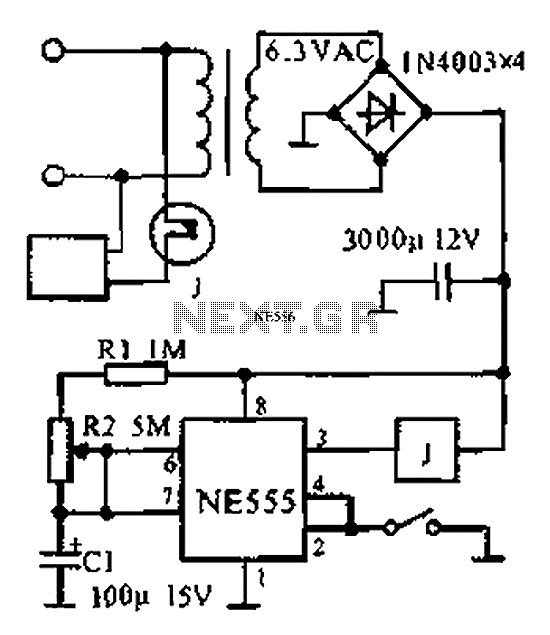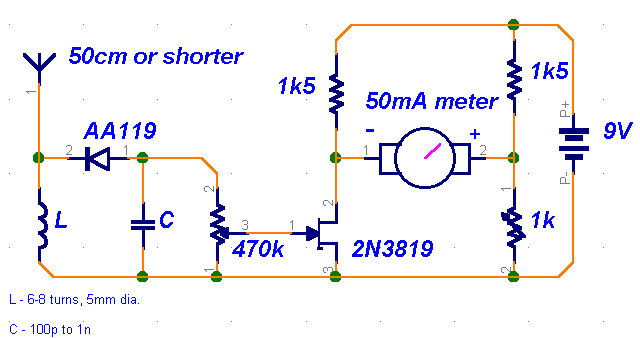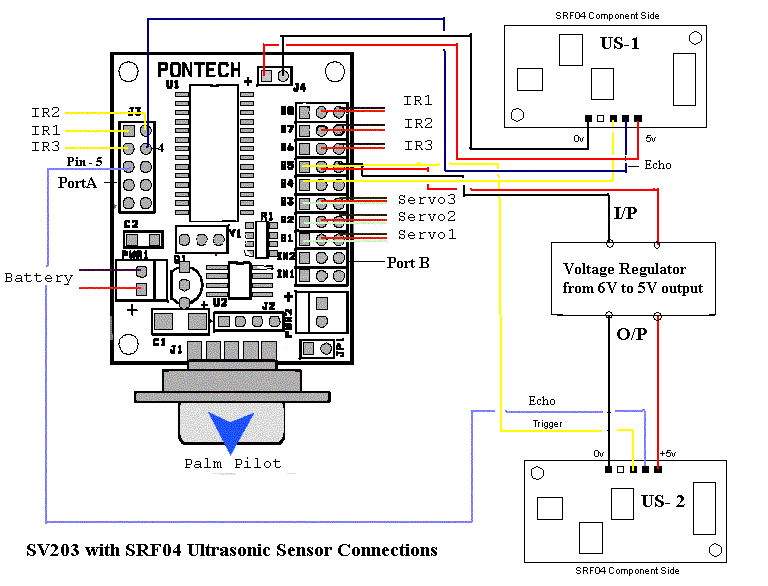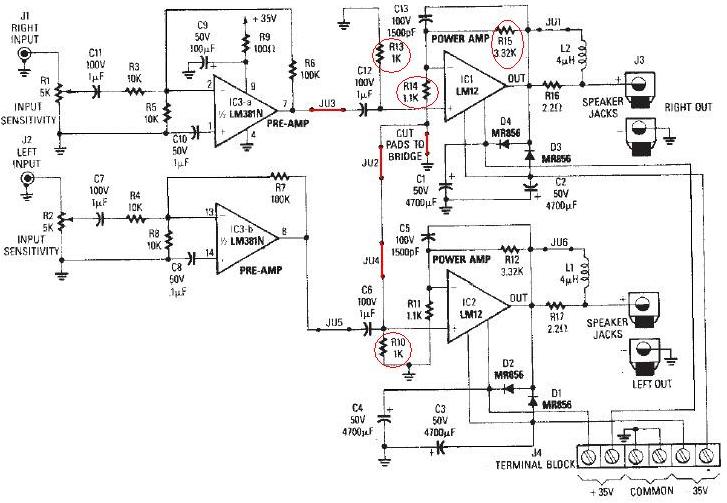
Rechargeable ago memory circuit
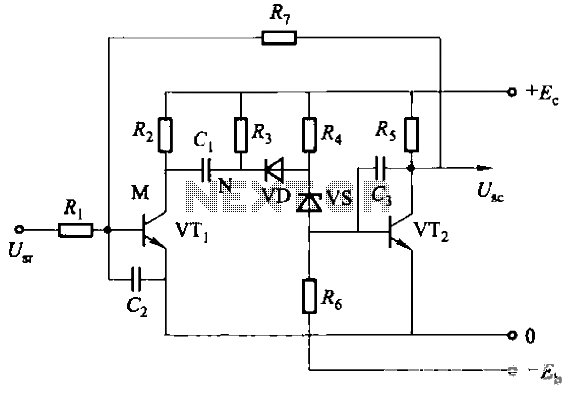
Rechargeable ago memory circuit. Before the memory circuit is activated, a delay reset circuit is utilized. When the input signal triggers an action, timing begins, and after a specified delay, the circuit reverts to its original state. During this interval, regardless of whether the input signal continues, the circuit maintains its operational state and produces an output signal. This configuration functions as a single-shot mechanism.
The rechargeable ago memory circuit incorporates a delay reset function that enhances its operational reliability. The circuit is designed to respond to an input signal, initiating a timing sequence. This sequence is crucial as it determines the duration for which the circuit remains active. Once the input signal is detected, the timing mechanism starts, and the circuit enters an operational state, producing an output signal.
The delay reset circuit is integral to the functionality of the memory circuit. It ensures that the system remains in the active state for a predetermined duration, even in the presence of continuous input signals. This is particularly useful in applications where transient signals may occur, as it prevents the circuit from immediately resetting and allows for a stable output during the timing period.
The single-shot configuration of this circuit means that it will only trigger once per input signal, regardless of how long the signal persists. After the delay period expires, the circuit will automatically reset to its initial state, ready to respond to any subsequent input signals. This characteristic is essential for applications where precise timing and control are necessary, such as in pulse generation, timers, and event counters.
Overall, the rechargeable ago memory circuit with its delay reset feature provides a robust solution for managing input signals and ensuring consistent output behavior, making it suitable for various electronic applications.Rechargeable ago memory circuit Before the memory circuit is considered instantaneous action, the delay reset circuit. When the input signal to one that is action, and start timing, after after a delay, the circuit returns to the original state. During this period, regardless of whether the input signal is persistent, the circuit remains operation state, and the output signal.
It is actually a single-shot.
The rechargeable ago memory circuit incorporates a delay reset function that enhances its operational reliability. The circuit is designed to respond to an input signal, initiating a timing sequence. This sequence is crucial as it determines the duration for which the circuit remains active. Once the input signal is detected, the timing mechanism starts, and the circuit enters an operational state, producing an output signal.
The delay reset circuit is integral to the functionality of the memory circuit. It ensures that the system remains in the active state for a predetermined duration, even in the presence of continuous input signals. This is particularly useful in applications where transient signals may occur, as it prevents the circuit from immediately resetting and allows for a stable output during the timing period.
The single-shot configuration of this circuit means that it will only trigger once per input signal, regardless of how long the signal persists. After the delay period expires, the circuit will automatically reset to its initial state, ready to respond to any subsequent input signals. This characteristic is essential for applications where precise timing and control are necessary, such as in pulse generation, timers, and event counters.
Overall, the rechargeable ago memory circuit with its delay reset feature provides a robust solution for managing input signals and ensuring consistent output behavior, making it suitable for various electronic applications.Rechargeable ago memory circuit Before the memory circuit is considered instantaneous action, the delay reset circuit. When the input signal to one that is action, and start timing, after after a delay, the circuit returns to the original state. During this period, regardless of whether the input signal is persistent, the circuit remains operation state, and the output signal.
It is actually a single-shot.
